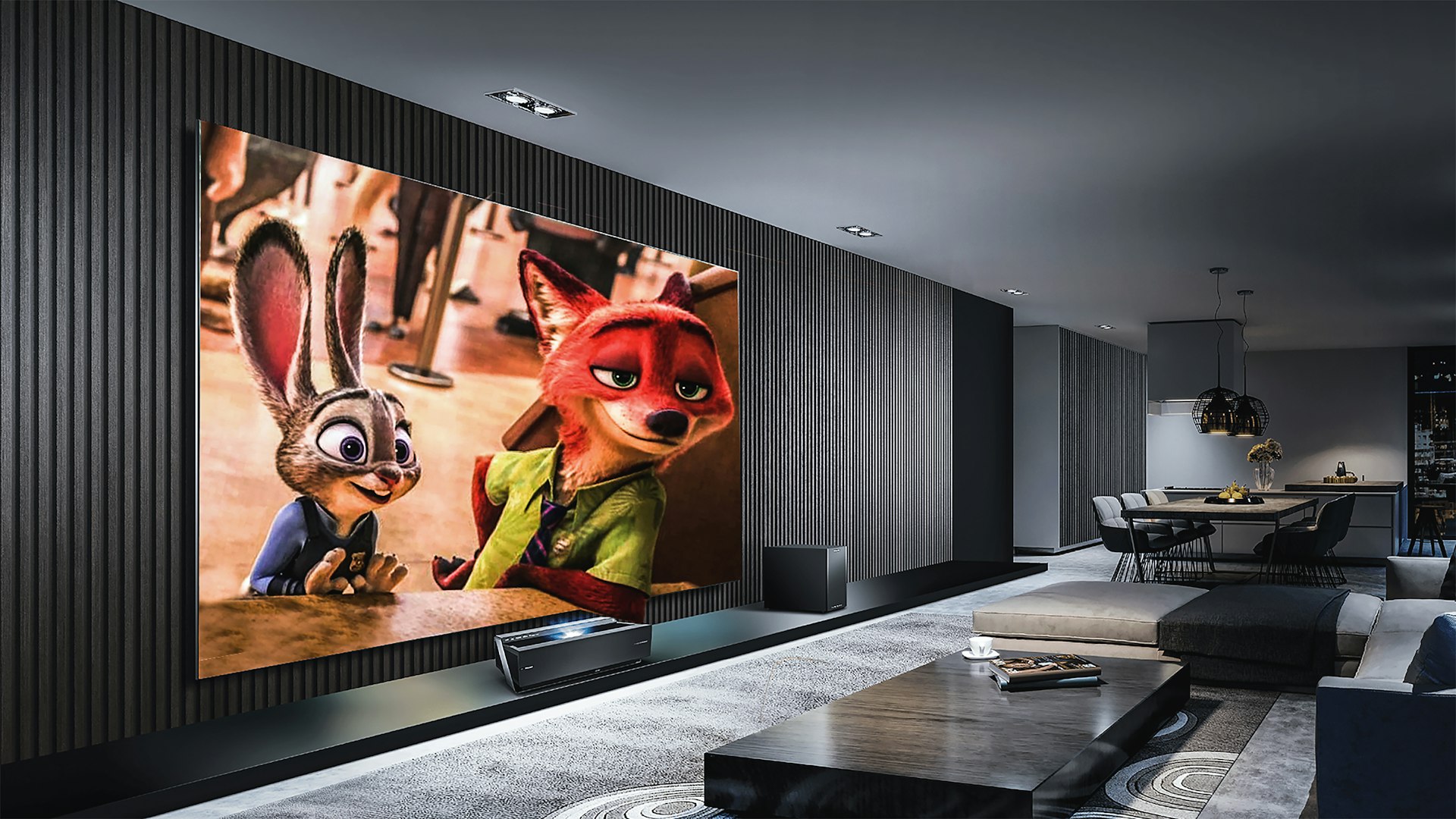Navigating the Future of Immersive Escape Rooms: Innovation, Profitability, and Next-Gen Experiences

Photo by afnan ali on Unsplash
The Evolution of Immersive Escape Rooms
Immersive escape rooms have transformed from novel entertainment concepts into sophisticated, multi-sensory experiences that blend technology, storytelling, and teamwork. As we approach the middle of the decade, the sector is experiencing both stabilization in mature markets and robust expansion in regions like Asia-Pacific, demonstrating ongoing demand and global appeal [1] [3] . However, heightened competition and evolving consumer expectations are driving the need for constant innovation and strategic adaptation.
Technological Advancements: The Rise of Hyper-Immersive Experiences
The integration of advanced technologies such as virtual reality (VR) and augmented reality (AR) is rapidly reshaping the escape room landscape. These tools enable designers to create hyper-realistic environments that go beyond traditional locks and puzzles-think holographic clues, interactive props, and environments that respond to player actions in real time [1] . Some venues are now offering fully digital rooms, where every element is controlled through custom software or mobile apps, allowing for seamless resets and scalable gameplay.
For operators interested in adopting these innovations, the process typically involves collaborating with technology providers specializing in immersive hardware and software. Prospective owners can attend industry trade shows, such as the
International Association of Amusement Parks and Attractions (IAAPA)
, to connect with vendors and see new technologies in action. It is advisable to pilot test these features with small groups to ensure reliability before full-scale implementation.
Potential challenges include upfront investment costs and the need for ongoing technical support. However, these systems can reduce labor expenses and streamline game resets, leading to improved operational efficiency over time [4] .
Thematic Diversification and Storytelling
Modern escape rooms are moving beyond generic mystery or horror themes to embrace a diverse range of narratives-from historical settings and science fiction to movie-inspired adventures. This thematic diversification attracts broader audiences and encourages repeat visits, as players seek new experiences that resonate with their personal interests [1] [5] .
For example, rooms inspired by popular films or TV shows have proven highly engaging, but operators must ensure they have secured appropriate licensing to avoid copyright issues. Researching successful concepts on platforms like
The Top Escape Rooms Project
can provide valuable insights into current consumer preferences and trending themes.
To implement a new theme, owners should begin by identifying a target demographic and conducting focus groups or surveys to gauge interest. Collaborating with professional set designers and writers can elevate the narrative and immersion factor, setting a venue apart from competitors.
Business Models and Revenue Strategies for Sustainable Growth
The escape room business model is evolving to include franchise opportunities, automated systems, and diversified revenue streams. Franchise models enable rapid expansion and brand consistency, reducing risk for individual owners while benefiting from established marketing and operational support [1] . Automated or self-resetting rooms allow higher daily throughput and lower labor costs, expediting the path to profitability [4] .
Offering multiple game formats, such as mobile escape games for corporate events or pop-up experiences at festivals, can further expand market reach. Targeting high-margin segments-like corporate team building, family outings, and tourists-can boost profitability. Many operators now utilize online booking platforms to streamline reservations and gather customer data for targeted marketing [2] .
Initial investment for a professionally designed room with immersive technology may range from $10,000 to $50,000 or more, depending on complexity and location. Monthly revenues in high-traffic areas can exceed $50,000, especially if the business maximizes operational efficiency and continually refreshes its offerings [4] .
Prospective owners should carefully assess local competition, foot traffic, and demographic trends before committing to a location or theme. Joining industry associations can provide access to benchmarking data and best practices.
Safety, Accessibility, and Regulatory Compliance
As immersive experiences become more elaborate, safety and accessibility are increasingly critical. Modern escape rooms are required to comply with local health and safety regulations, including installation of panic buttons, fire alarm systems, and accessible exits [5] . Regular training for staff and clear safety briefings for participants are essential.
Operators should contact their local building and fire departments to ensure compliance with all relevant codes and obtain necessary permits. It is advisable to conduct regular safety audits and update emergency procedures as technology and room layouts evolve.
Making rooms accessible to a wider audience, including individuals with disabilities, can increase market potential and promote positive community engagement. This may involve installing ramps, adjustable lighting, or providing alternative clue formats.
Digital Integration and Customer Engagement
Online engagement is now a cornerstone of escape room marketing and operations. A robust digital presence, including a user-friendly website and active social media profiles, can drive bookings and build a loyal customer base. Many escape rooms now offer virtual experiences, enabling remote participation and expanding reach beyond local markets [2] .
To maximize customer engagement, consider these steps:
- Implement a seamless online booking system with instant confirmation and automated reminders.
- Collect customer feedback after each game to identify areas for improvement and showcase positive reviews online.
- Offer loyalty programs, seasonal themes, or exclusive events to encourage repeat visits.
- Engage with local influencers or media outlets to build awareness and credibility.
If you’re interested in finding top-rated escape rooms or researching business opportunities, you can search for established venues in your area, consult industry directories, or attend trade shows and conferences such as IAAPA or Escape Room Industry Association events.
Overcoming Challenges and Embracing Opportunities
While the golden age of exponential growth may be over in some established markets, innovation remains the key to success. Operators face challenges such as rising competition, evolving customer expectations, and the need for continual reinvestment in technology and themes [3] . Proactive business owners can differentiate themselves by embracing new formats, fostering partnerships with local businesses, and leveraging data analytics to optimize operations.
For those seeking to enter the industry, it is prudent to start with detailed market research and a clear value proposition. Consider alternative approaches such as mobile or pop-up rooms, which require lower upfront investment and offer flexibility in targeting events and festivals. Staying informed about regulatory changes and emerging consumer trends will help maintain a competitive edge.
To access industry resources or mentorship, seek out regional business development centers, local chambers of commerce, or established escape room operators with a track record of success. Many offer consulting services or are open to collaboration.
Key Takeaways and Next Steps
The future of immersive escape rooms is characterized by ongoing innovation, thematic diversity, and integration of advanced technology. Success in this dynamic industry requires not only creative storytelling and operational excellence but also a commitment to safety, accessibility, and customer engagement.
If you’re interested in opening or investing in an escape room, here are recommended steps:
- Conduct thorough market research and visit successful venues in your region.
- Develop a unique concept or theme, consulting industry reports and customer feedback for inspiration.
- Partner with experienced designers and technology providers for maximum immersion and reliability.
- Ensure full compliance with safety and accessibility regulations by liaising with local authorities.
- Establish a strong digital presence and offer online booking to maximize reach and operational efficiency.
- Continuously innovate with new themes, puzzles, and technology to retain customer interest and stand out in a competitive market.
For further guidance, consider searching for escape room business associations, attending industry expos, or reaching out to established operators for mentorship. Official small business development agencies and local government offices may also provide business planning support and regulatory advice.
References
[1] Data Insights Market (2025). Escape Room Strategic Insights and Forecasts.
[2] Peek Pro (2024). Latest Escape Room Industry Trends in 2025.
[3] Zolitopia (2025). The Future of Escape Rooms – Roundtable Key Takeaways.
[4] Indestroom (2025). Are Escape Rooms Profitable in 2025?
[5] Regiondo (2024). Escape Room Industry Trends and How to Make the Most of Them.

Photo by Parker Nate on Unsplash



